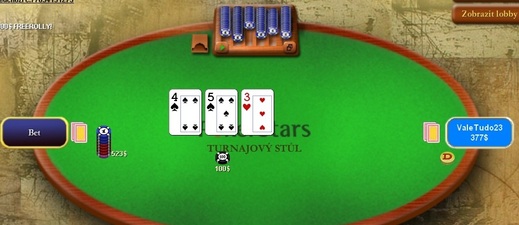


Go on an early run, and you can be freerolling the rest of the tournament. For those who like action, they are a blast. They are fun, but not really the format that suits our limited abilities. What this setup does is two things: a) it tends to make players more aggressive, as there is an added reward (literally) for taking risks, and b) allows players to earn a profit even if they don’t crack the money bubble.įor players like me – the passive, nitty, afraid to commit more than one chip at a time type – progressive knockout tournaments aren’t the best. If Player A eliminated Player B, Player A would receive $7.50 cash in their account immediately, while $7.50 would be added to their bounty, making their new bounty $22.50. Instead, they get half the bounty in cash and the other half is added to their own bounty.įor example, in a recent $33 PKO tournament on PokerStars, $15 went to the regular prize pool, $15 went to the bounty prize pool, and $3 went to the house. But where PKOs differ from a normal bounty tournament is that players do not win an opponent’s entire bounty when they knock them out. That’s normal – we have all seen bounty events before. In Progressive Knockout event, part of the prize pool goes toward a bounty on each player’s head. Every event is a Progressive Knockout (PKO) tourney, and they are all at least Turbo format, with 45 being Hyper Turbos. The Bounty Builder Turbo Series will feature 184 tournaments and $25 million guaranteed prize pools across the two weeks. PokerStars has released the schedule for its next big tournament series, the Bounty Builder Turbo Series, slated to run May 23 through June 6. And sure enough, this is one of those times that fits into the “usually” category. An article about PokerStars usually means one thing: another online tournament series.


 0 kommentar(er)
0 kommentar(er)
